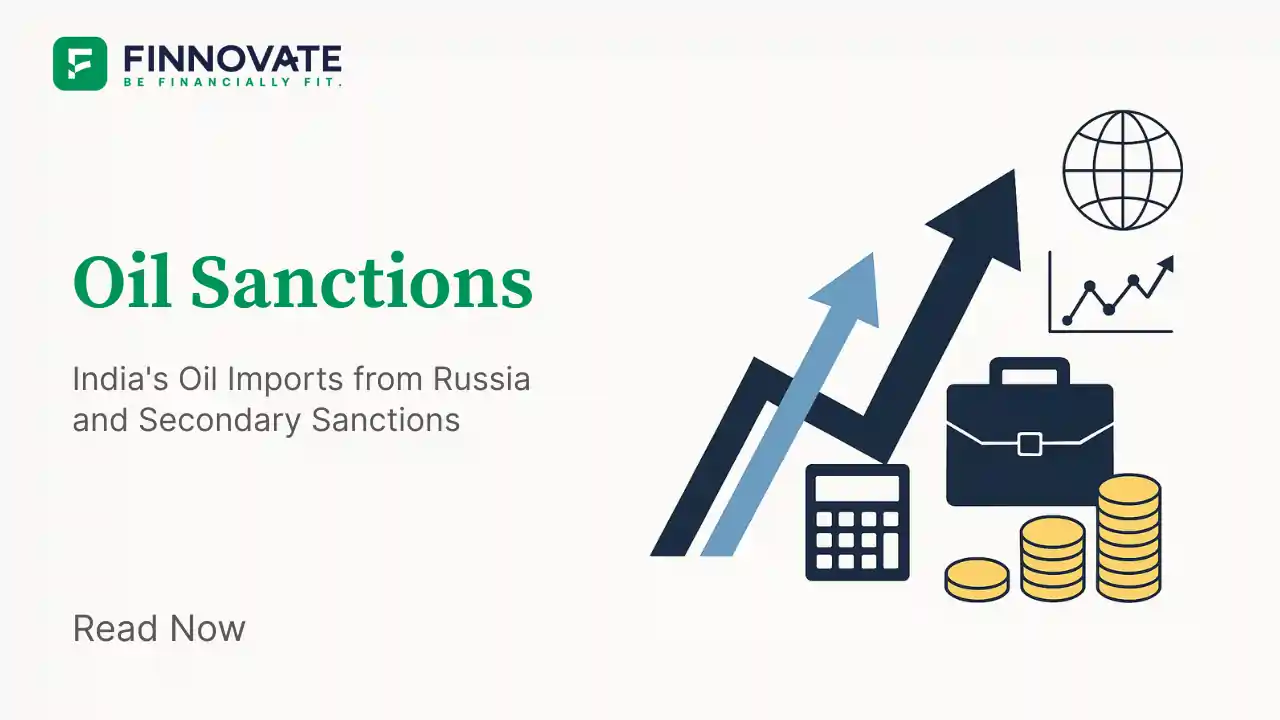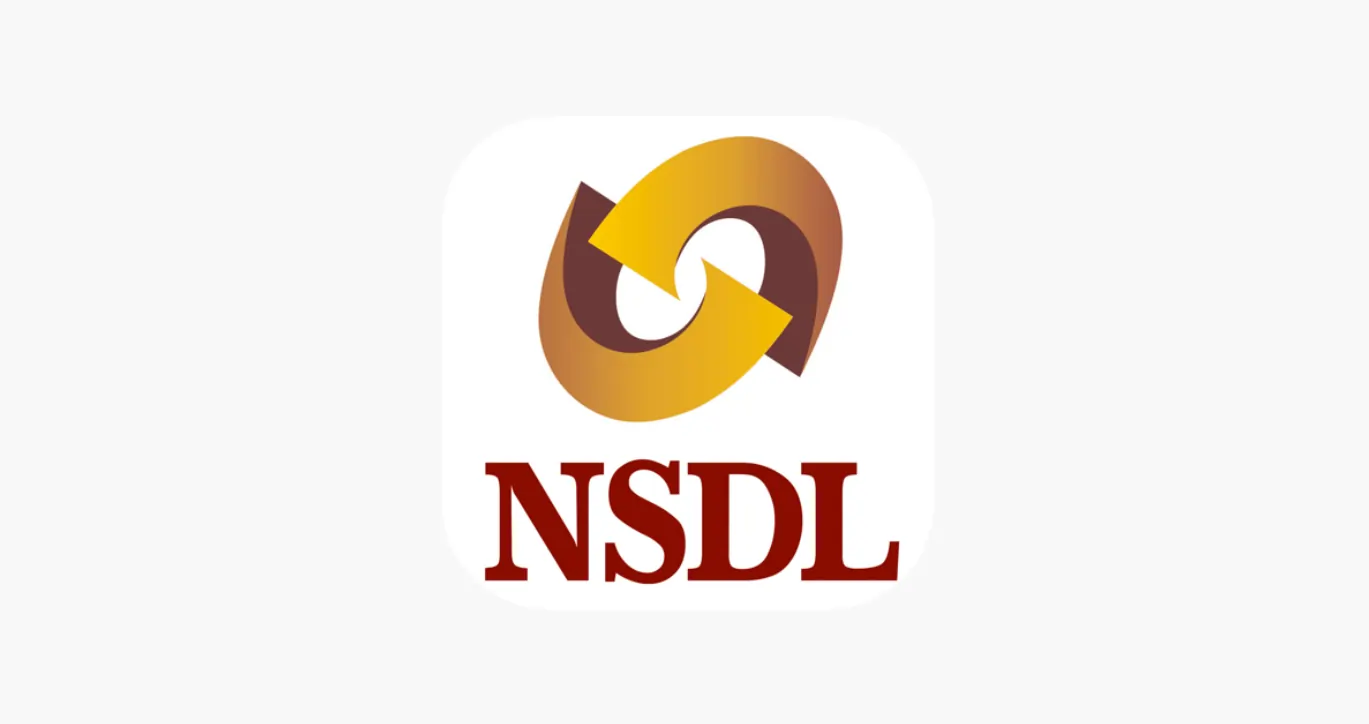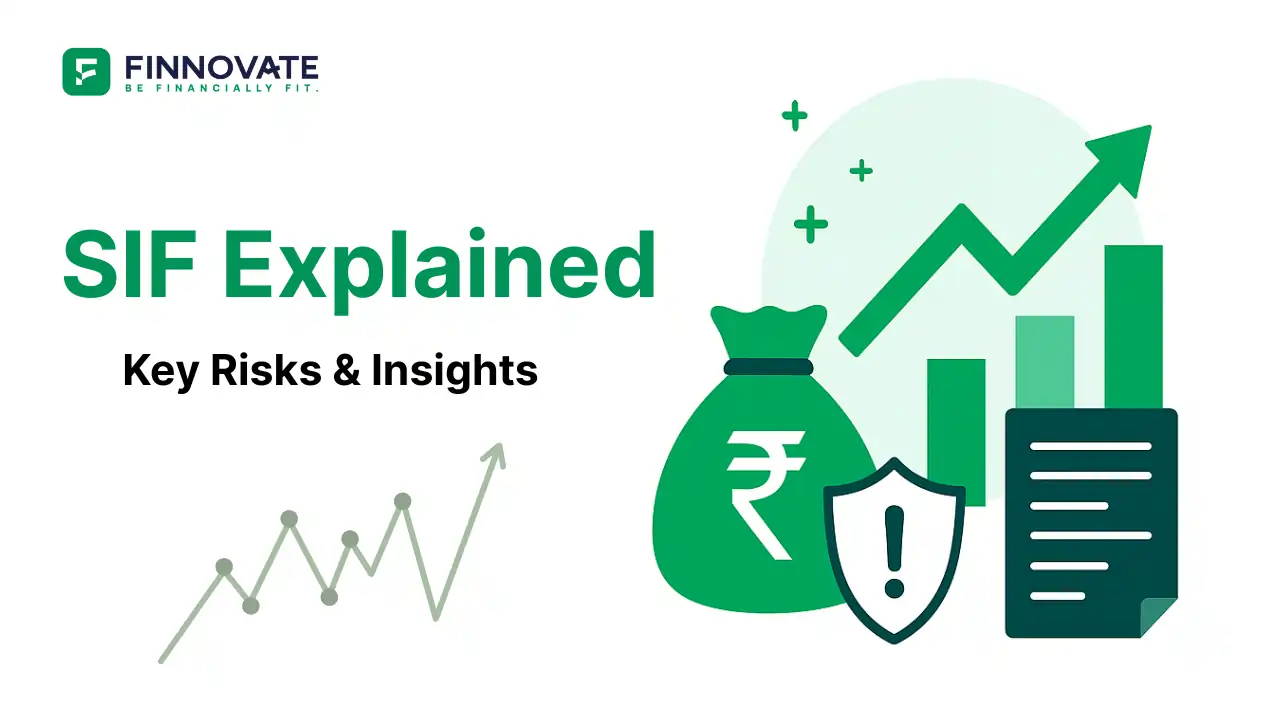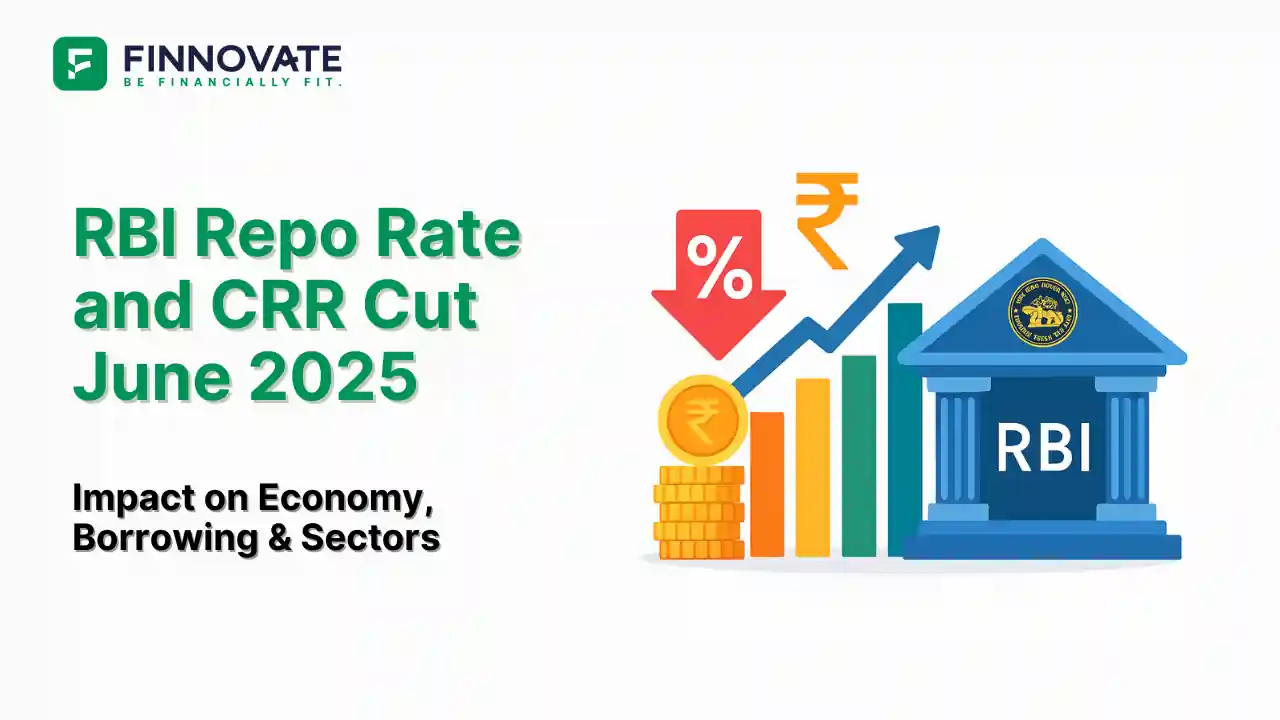Oil Sanctions - India May Be Subjected to Secondary Sanctions for Buying Russian Oil

By

In recent times, Mark Rutte, the Secretary-General of NATO, warned that buying oil from Russia could lead to secondary sanctions. India, the largest buyer of Russian crude oil, has found itself in the midst of a diplomatic and economic dispute over its decision to continue importing oil from Russia.
The question remains: How serious is the threat of secondary sanctions, and how will they impact India’s energy security and economy?
To understand the implications of secondary sanctions, it's important to first define the two terms:
Currently, Russia accounts for around 35-40% of India's oil imports, making it the largest supplier of crude oil to India. Secondary sanctions could result in punitive tariffs on Indian goods, shipping sanctions, and restrictions on loans and insurance, which would hit the Indian economy hard.
India has lodged a formal protest against Mark Rutte’s statements, asserting that India is the largest buyer of Russian crude oil. The discounted price of Russian oil has allowed India to manage its energy security and current account deficit (CAD) efficiently.
However, there seems to be more at play here than just an economic issue. The US might be using the threat of secondary sanctions as a bargaining chip to pressure India into signing a trade deal that opens the Indian market to US companies.
In light of these geopolitical tensions, India is not only concerned with the sanctions threat, but also with maintaining its sovereignty over energy security. As the US tries to negotiate terms, India stands firm on its right to ensure its energy needs are met.
In recent weeks, India’s approach to the situation has evolved. India’s external affairs minister has made it clear that the country will not bow to external pressure and will continue to secure its energy supplies from Russia.
There are two key benefits that India has gained from its relationship with Russia:
India's resilience in the face of external pressure shows that it is prepared to play hardball to protect its economic interests and energy security.
Another angle to consider is the possibility that the US might choose to overlook India’s purchase of Russian oil for pragmatic reasons.
The US understands that had India and China not absorbed Russian oil, there would have been a global oil shortage, leading to a demand-supply mismatch in the market. This could have triggered a massive global spike in oil prices, affecting not only the global economy but also driving inflation in the US.
While the US may not publicly acknowledge this, it likely understands that India’s oil imports have helped stabilize the global oil market, preventing runaway inflation that would have negatively impacted US consumers.
In conclusion, while India’s oil imports from Russia have drawn the attention of NATO and could result in secondary sanctions, India’s stance on its energy security is clear. The discounted Russian oil has provided both economic and supply security to India, and India will not back down from its right to secure its energy needs.
The US may choose to look the other way, given that India’s role in absorbing Russian oil has prevented a global oil price crisis. However, secondary sanctions remain a potential threat, and India’s next steps will likely involve a strong diplomatic approach to protect its economic interests while managing the geopolitical situation.
For now, India’s position on Russian oil remains firm: energy security cannot be compromised, no matter the external pressures.
Disclaimer: The information provided in this article is for informational purposes only. It does not constitute financial, legal, or investment advice. Please consult a qualified professional for advice specific to your situation. The views expressed in this article are based on publicly available information and may not reflect the most current market conditions.

Learn how to easily download your NSDL CAS Statement in PDF format with our step-by-step guide. Follow our instructions to log in to NSDL e-Services, download your account statement, and subscribe for
Read Full
Explore what Specialised Investment Funds (SIFs) are, their benefits, taxation, minimum investment, how to invest, how they compare with mutual funds and PMS and latest developments in SIF space
Read Full
Learn How to Download Your CDSL CAS Statement with our step-by-step guide. Easy instructions for accessing your investment details online.
Read Full
Analyzing the potential economic impact of the 2025 India-Pakistan conflict on India's GDP growth, manufacturing sector, and foreign investment.
Read Full
Determine if your Demat Depositary (DP) is NSDL or CDSL easily. Follow our guide to check using broking platforms or Demat account number formats
Read Full
RBI cuts repo rate by 50 bps and CRR by 100 bps in June 2025 to boost growth. Learn how it impacts inflation, borrowing, sectors, and market trends.
Read Full
Looking for the best financial freedom books? Here’s a handpicked 2025 reading list with summaries, why to read, and who it's best for.
Read Full
Discover key facts about Ola Electric IPO launching in 2024. Simple guide covering business, financials and investment potential.
Read Full